Meta-Mangrovis: Perception of Ecological Transformation of Mangrove Landscapes through Contemporary Sonic Arts Practice
Project lead: Pratyay Raha

Project lead: Pratyay Raha

The research by Pratyay Raha asks how ecological sound art, acoustic ecology, and soundscape composition based on mangrove environments can provide a deeper understanding and engagement with the climate emergency and the emerging Anthropocene.
It also focuses on a comparative analysis of soundscapes in two mangrove ecosystems, one in India and one in Australia, to provide evidence of the global impact of climate change and ecological transformation.
This research project involves creating sound compositions, including sound maps, sound installations, text-based works on soundscapes, and albums, based on the ecological transformations of these two ecosystems. It will explore the tensions and transformations caused by climate change, biodiversity loss, land degradation, industrialisation, and excessive anthropogenic activities in the selected regions.
I aim to compare these two mangrove ecosystems by documenting the complex sonic interactions unfolding in two distinct locations: the Sundarbans, the world's largest mangrove delta located in Eastern India and Bangladesh, and the mangroves of northeast Queensland. My project is situated within the relatively short but significant history of acoustic ecology and eco-acoustics, drawing inspiration from the work of field recordists such as Philip Samartzis, Francisco Lopez, Peter Cusack, Yannick Dauby, Hildegard Westerkamp, Jana Winderen, and many others. These individuals have made substantial contributions to this field through their innovative research and advocacy for endangered habitats, which will significantly influence my research methods.
Carousel with three slides shown at a time. Use the Previous and Next buttons to navigate, or the slide dot buttons at the end to jump to slides.
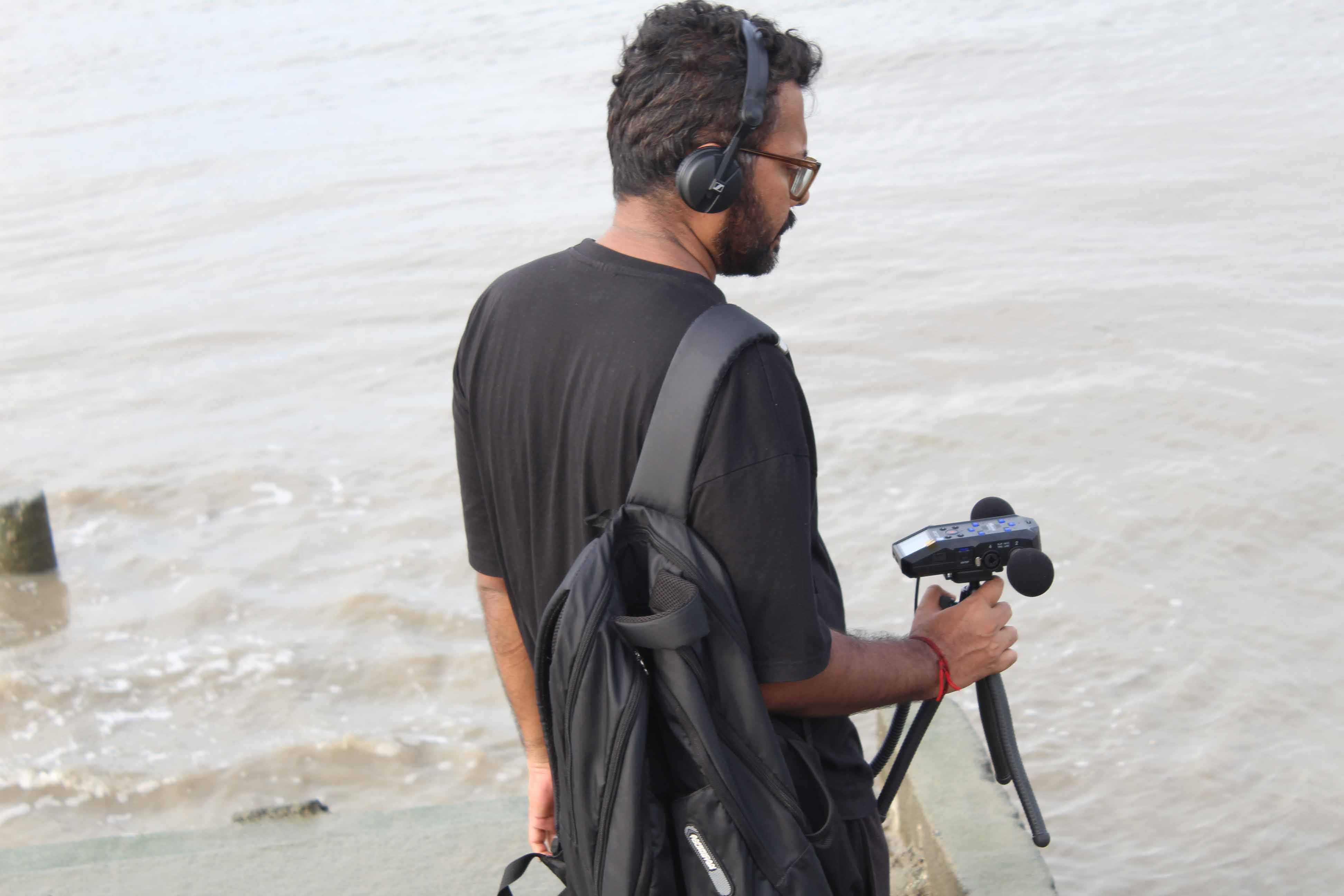
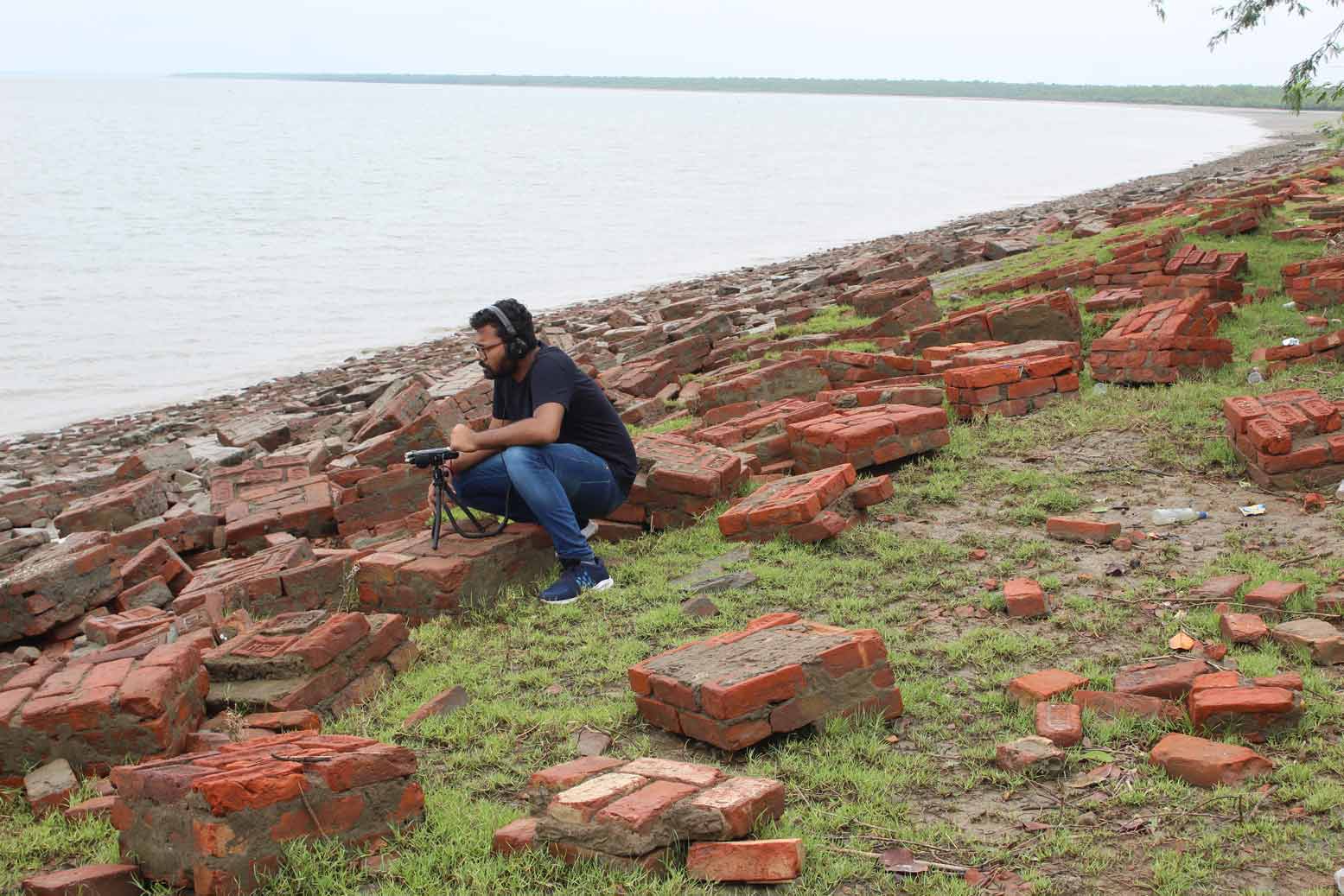
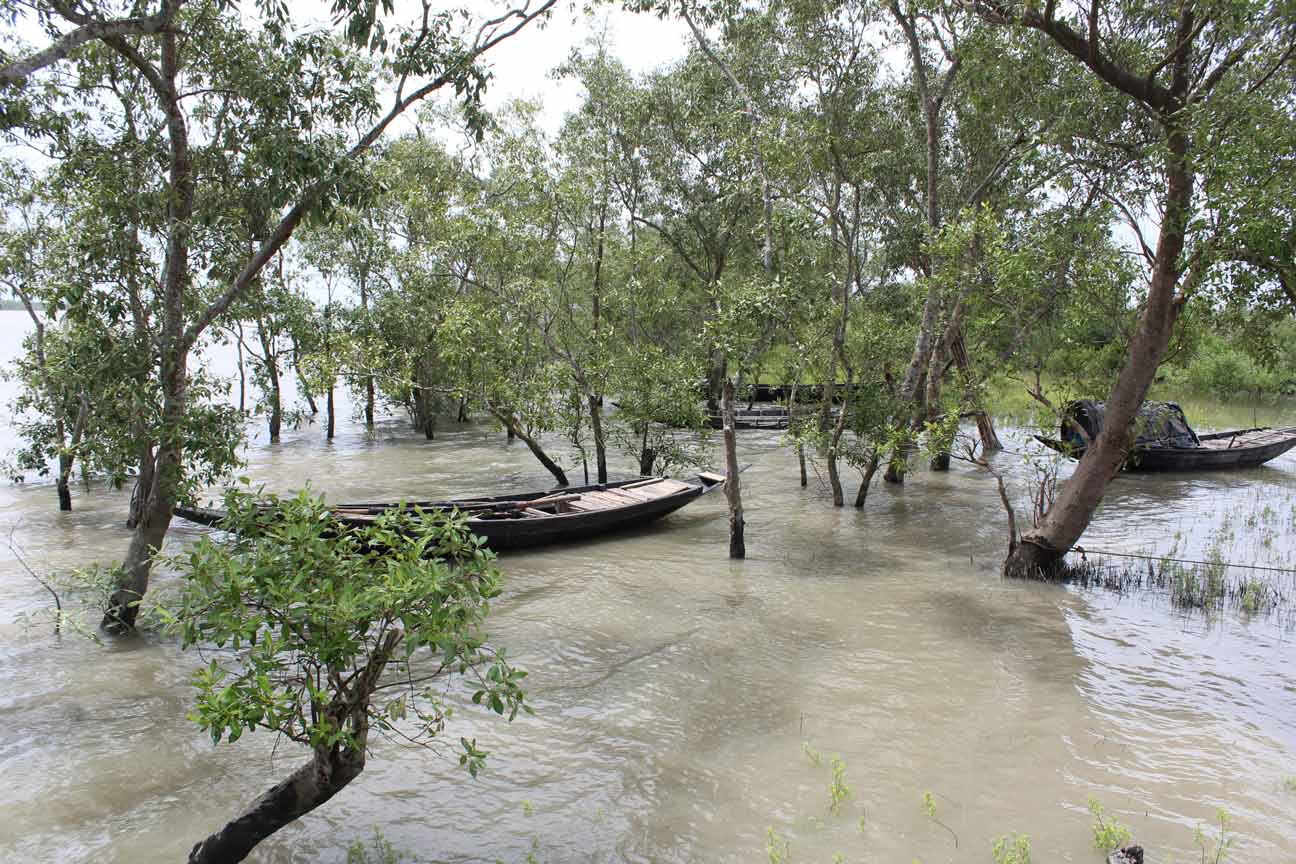
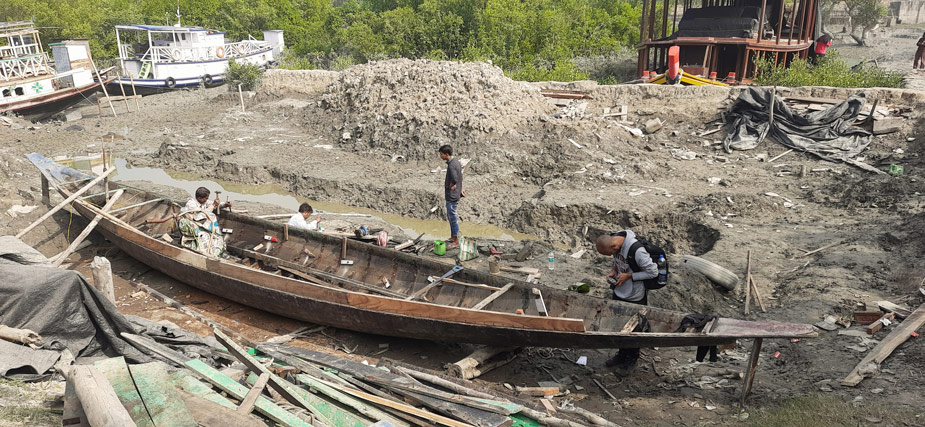
A wooden boat is being made to ferry passengers and material supplies between different islands in the Sundarbans

Huge areas of agricultural land, one crop country, they grow only paddy, the green that we see is the initial growing days for the paddy.
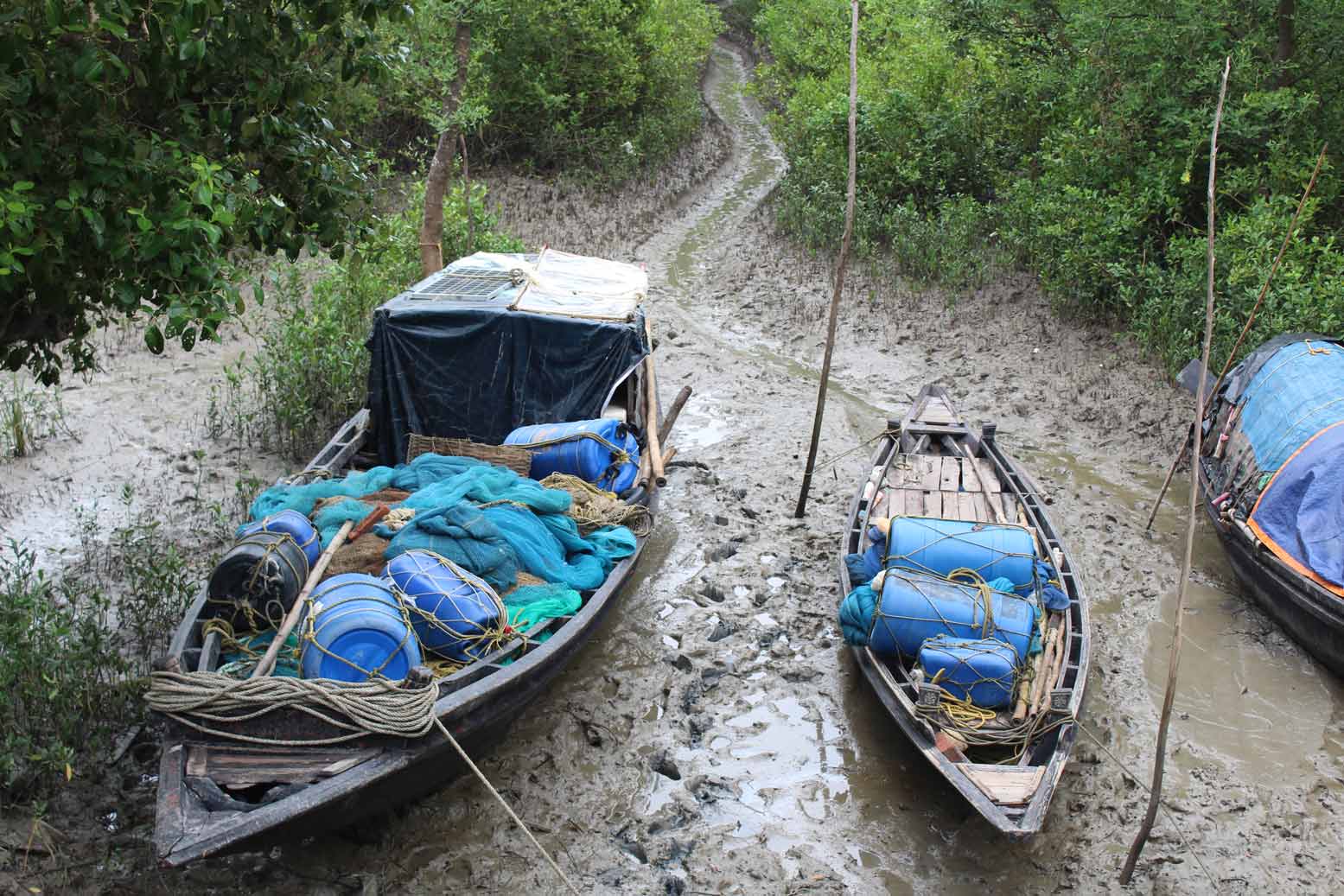
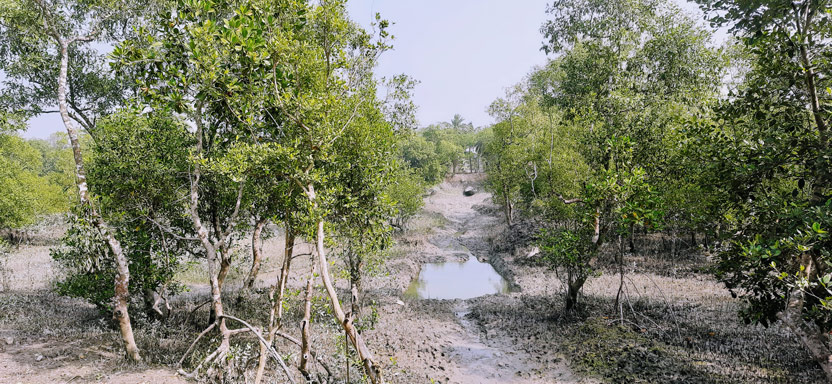
Mangrove trees and swampy land in Bali Island, Sundarbans
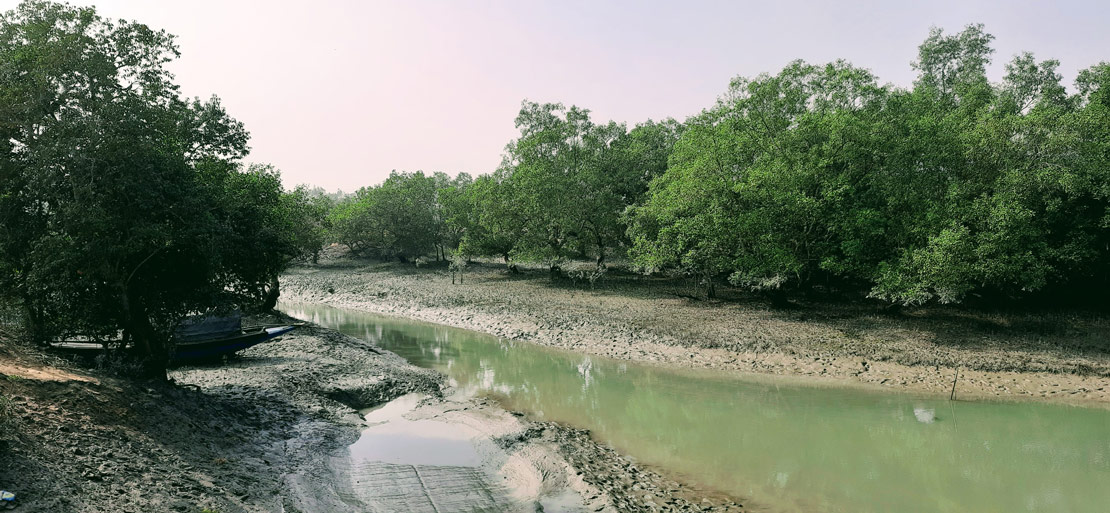
Mangrove forests and swampy terrain just flanked by a man-made dam/embankment which is behind the photographer. Due to the impact of the dam and the daily tidal shifts, the flow of water to this side is restricted

Engine Van on a village street in Satjelia Island, Sundarbans. Engine Vans are the usual modes of public transport on the delta island
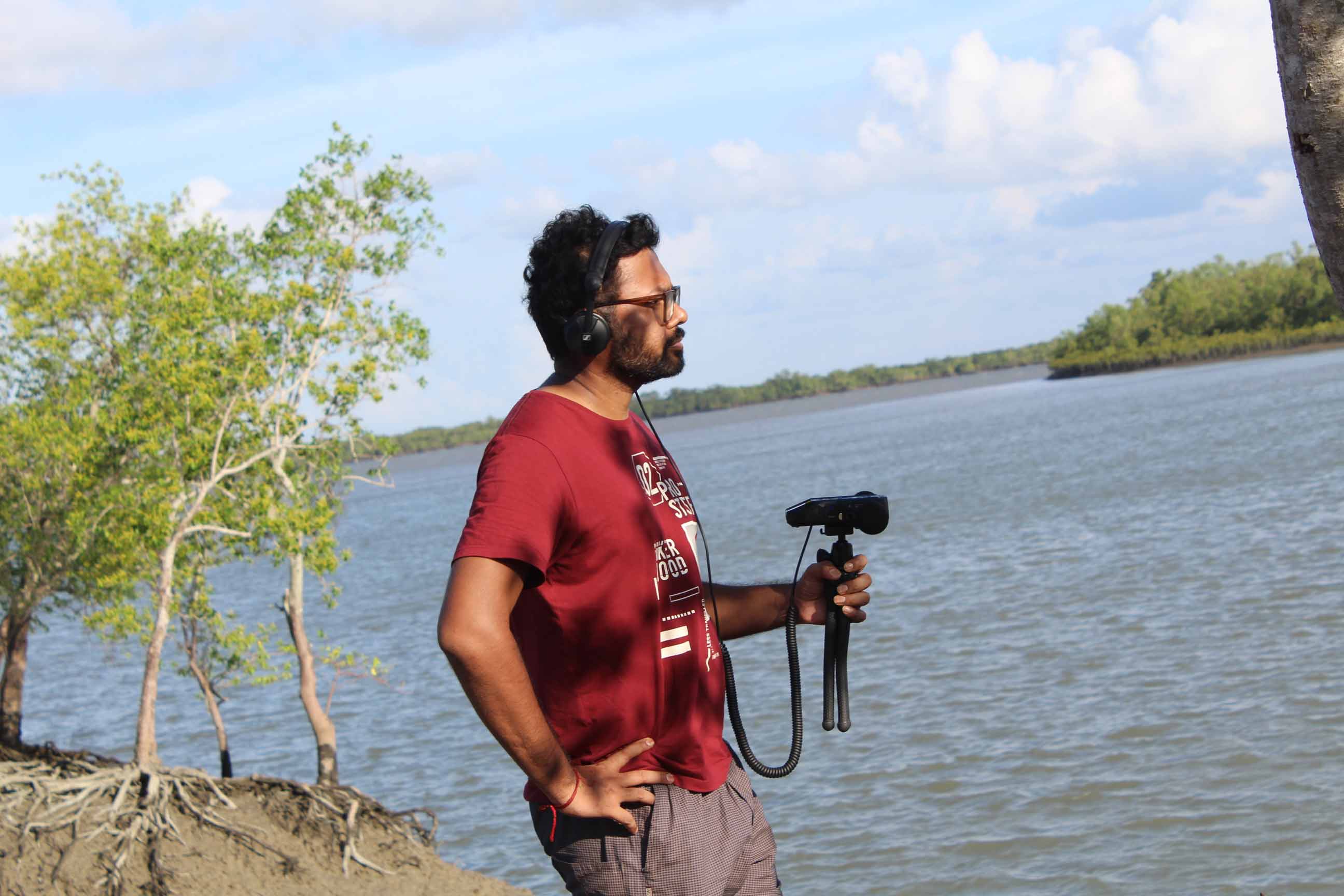

Logged wood being transported from the mangrove forests to the city.
To read the full image descriptions, please click on the individual image above.
*Image credit
Acknowledgement of Country
RMIT University acknowledges the people of the Woi wurrung and Boon wurrung language groups of the eastern Kulin Nation on whose unceded lands we conduct the business of the University. RMIT University respectfully acknowledges their Ancestors and Elders, past and present. RMIT also acknowledges the Traditional Custodians and their Ancestors of the lands and waters across Australia where we conduct our business - Artwork 'Sentient' by Hollie Johnson, Gunaikurnai and Monero Ngarigo.